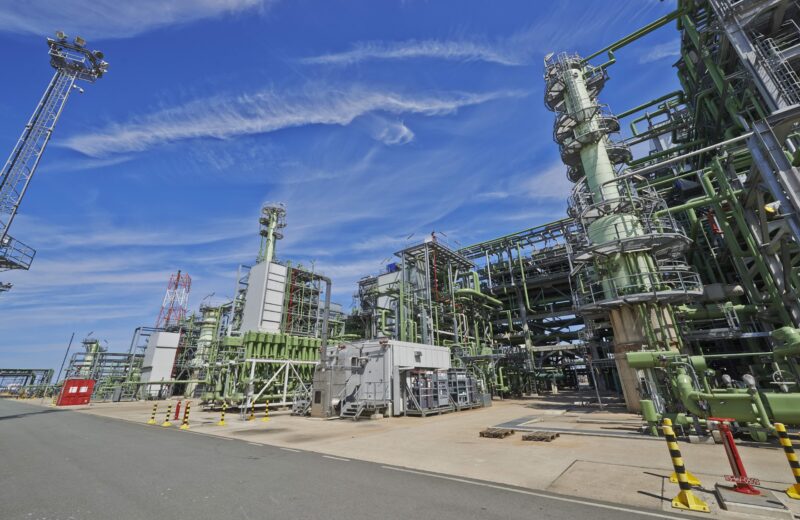Come fry with me – business jets and SAF

Neste Rotterdam Refinery
Lots of private jet charter brokers flog exclusive tours, but this week Victor ran one to visit the Neste refinery in Rotterdam. To be honest, it is not somewhere you would choose to go on holiday.
You pass several refineries, power stations and other industrial complexes before you get to Neste. But it is worth it. There is no way that business aviation can meet future carbon targets without Sustainable Aviation Fuel (SAF). You also get to wear cool protective gear and carry an emergency gas mask as part of the tour.
Neste is the world’s largest producer of SAF. It doesn’t use any crops to do this. It just takes used cooking oil (including from McDonald’s in the Netherlands) and left-over fats from abattoirs (the bits that have not made it into sausages). It turns these into Jet A. A sign in its head office says: “Why waste, perfectly good waste.” SAF reduces greenhouse gas emissions by about 80% compared with traditional crude oil.
First, the technical part. Making SAF from waste involves thousands of miles of pipes of all different sizes, huge towers, hydrogen, catalysts and a cool control room. It also takes serious investment.
Neste makes all its SAF in Finland now. Next year it will open refineries in Rotterdam (we saw the construction of this) and Singapore. “SAF is not just on paper, it is happening. It is real,” says Jonathan Wood, vice president Europe, Renewable Aviation at Neste.
Victor is working on demand. In June it announced an agreement where customers could buy SAF from Neste for their booking. Since June, one fifth of customers have chosen to use SAF.
“A lot of people say that there is not the demand, but there is,” says Toby Edwards, co-CEO, Victor. “We have shown this and would love to help others in the industry. We have proved that customers will choose SAF.”
Customers get to choose what proportion of their booking is covered by SAF and on average have chosen about a third of their fuel burn. Rather than physically fill the exact same aircraft, Neste delivers the fuel to a partner airline which uses it. Victor’s customers get an audited SAF delivery certificate. It calls this: “Pay here, use there.”
Neste will produce 100,000 tons of SAF in 2022. In 2023 – when production starts in Rotterdam and Singapore – production capacity will rise to 1.5m tons. By 2026, Neste capacity will be 2.2m tons. The EU and UK are targeting to mandate that 2% of all aviation fuel in Europe should be from SAF by 2025 and 5% in 2030. Neste can do this on its own.
“There is a lot of focus on mandates, but voluntary demand can get the industry to net zero much faster, now,” says Wood. “Everyone has seen recent protests at airports, being sustainable is becoming a licence to operate.”
By 2025 there will be a lot more supply. World Energy, the leading US producer, is investing $4bn to increase its SAF production to over 500m gallons by 2025 and 1bn gallons by 2030. Shell is also building a SAF facility in Rotterdam that should open in 2024.
A quarter of Neste’s staff work in research and development and they are always looking at new feedstocks like municipal waste. In the next 10 years the Rotterdam facility will probably be using 10 different feedstocks. In the US Alder Fuels is working on forest waste. The ultimate goal is converting carbon dioxide in the atmosphere into fuel. Kiverdi, a fascinating start-up, says it can get bacteria to do this.
“The key thing is that fossil fuels stay underground,” says Edwards.
Cooking oil and fats are key for now. So, when someone says: “Would you like fries with that?” For the love of business aviation, say yes.
Subscribe to our free newsletter
For more opinions from SAF Investor, subscribe to our email newsletter.
